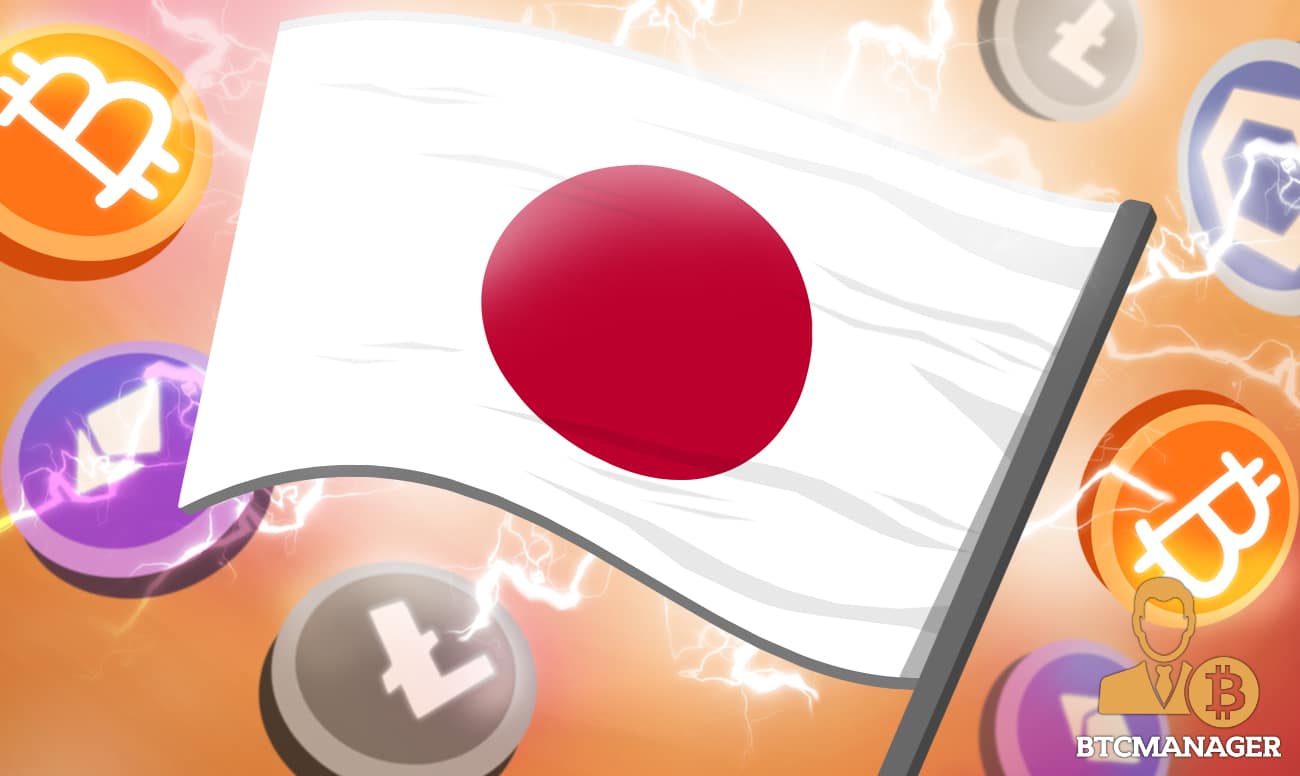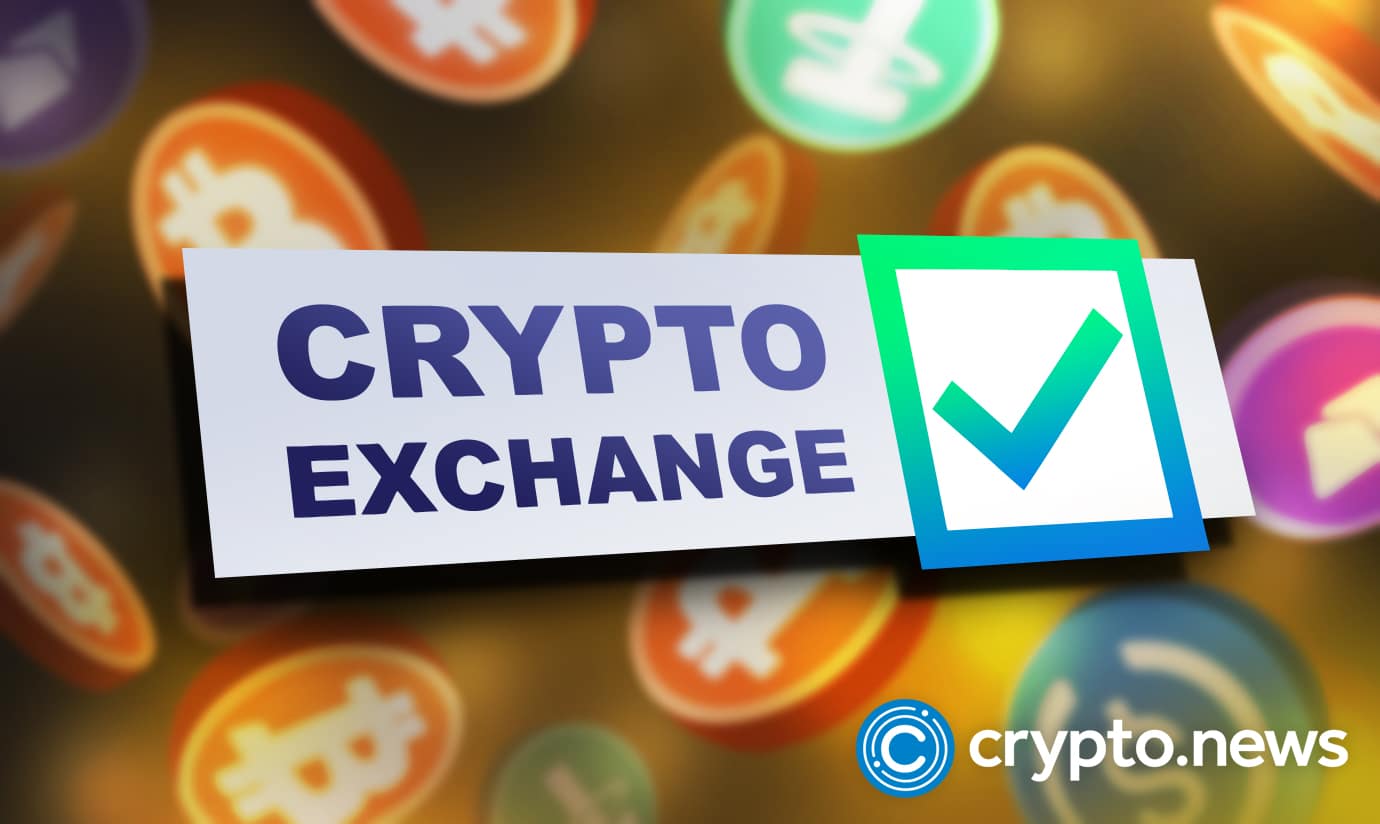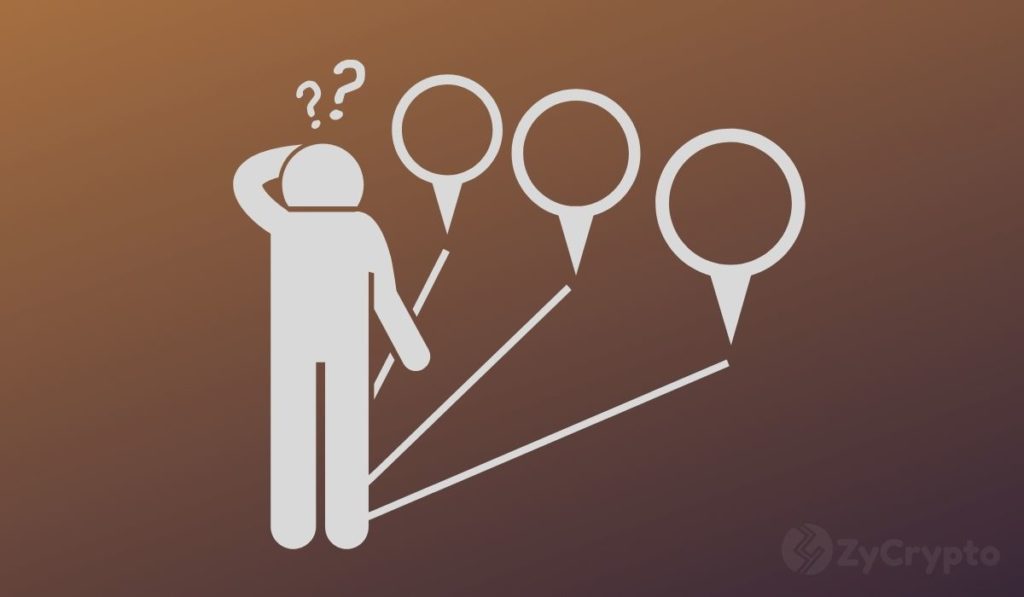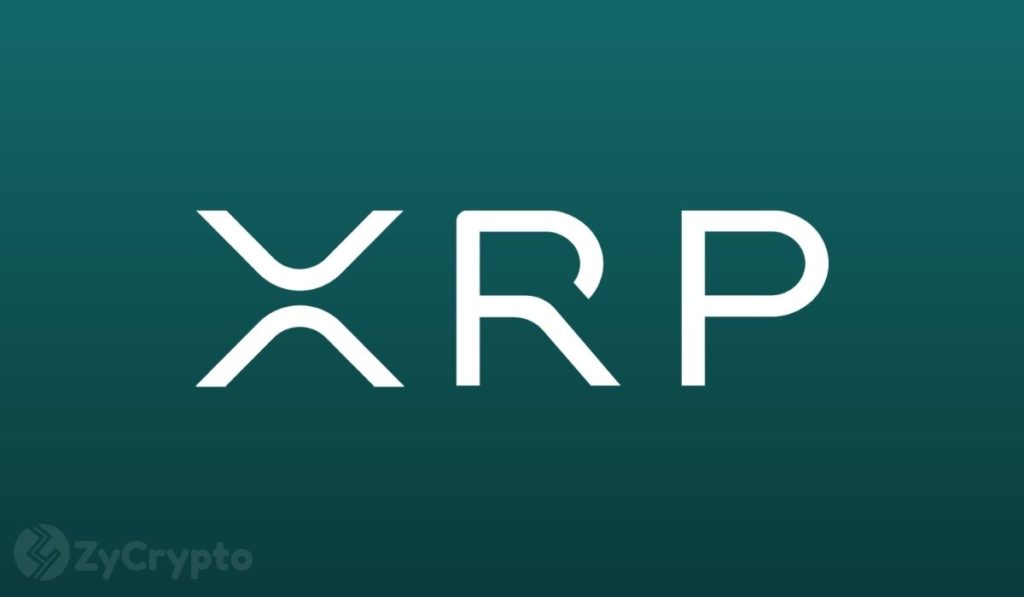2018-9-2 12:15 |
The Mt. Gox disgrace which took place in 2014 saw the advent of thefts and hacks, which have characterized a number of crypto exchanges, with the most recent occurring early this year. In this particular scandal, approximately $500 million worth of clients’ virtual assets disappeared from Coincheck, a Japan based crypto exchange.
Apart from these incidences which resulted in a public outcry, there have been other cases of hacks and thefts among crypto exchanges, which are not necessary made known to the public at large. Other than the common incidences involving hacks, cases of insiders’ jobs like workers utilizing clients’ virtual assets have become common.
It has also been reported that exchange directors engage in embezzlement of clients’ virtual assets, which are largely under the custodianship of the exchanges. Such cases are unfortunate, though they are not peculiar. During the early 1990s, at a time when the Chinese stock market was initially introduced, such occurrences were commonplace.
Lack Of Stringent Regulatory ProcessesDuring that time, clients’ stocks were controlled security brokerages. There were no stringent adherence to the regulatory procedures. As a matter of fact, regulations did not specify that brokerages were not allowed to utilize clients’ funds for their own commitments. This is an ambiguity which the brokerages took advantage of to fleece the ignorant clients.
There were extensive cases of misappropriation of clients’ monies. Even though some brokerages were later discovered to have misused clients’ funds, they were not able to refund them. Such cases of misappropriation of funds became the order of the day until the institution of the Chinese Securities Regulation Commission. The body ordered that the funds had to be managed by financial institutions like banks instead.
Over and above, the present position of crypto exchanges seems to be shoddier when it comes to the amounts of money involved, as well as the clients affected by the thefts. The existent condemnations focuses on exterior hacks, thefts and the greed seen among the employees of these exchanges.
Consolidation Of The Functions Of Crypto ExchangesWhile it is true that the above mentioned are some of the reasons behind the present situation, they unfortunately do not solve the deep issues at hand, which in actual sense, ought to be the reliability of the crypto market arrangement. Over and above, the current state of the crypto exchanges has consolidated most of its functions, which are carried out by diverse commercial entities within controlled security markets.
By and large, this has the potential of making it vulnerable for many kinds of risks, which may not be beneficial for the steadiness of the crypto market.
Business Entity Types Investment Bank:It is vital for a virtual asset exchange to make use of its own benchmarks as well as methods to choose a token list. As it carries out this function, the exchange will underwrite the functions carried out by investment banks.
Securities Brokerage:The advent of virtual assets began as an invention of technology. It did not start as a fiscal tool. At first, people who traded in the digital assets were just fans. All that is required by a trader is a platform upon which they can trade with other users. The necessity for middlemen who would carry out the required services was also not there.
Even after the rise in trading volumes, with more and more people getting on board, the need for middlemen has never arisen. In virtually all cases, traders are directly engaging with one another on the platform. Additionally, the exchanges have continued to maintain the accounts of their clients’, whereby they carry out all the bookkeeping, the kind of work characteristically done by brokerages.
Clearing House:Another function that is carried out by crypto exchanges is clearance. In as much as a trader may trade on a number of exchanges, he has to sustain his trading asset in accounts in diverse exchanges. In this way, the trader maintains his capital in fragmented ways. However, there is the need for the trader to meet the capital requirements of diverse exchanges, which eventually leads to the trader underutilizing his transaction investment.
Asset Custodian:In a controlled securities market, the securities are listed and conserved in principal depository organization. The body is granted the responsibility of holding the golden copy of all the securities present in the market.
In the United States, the organization is known as the Depository Trust and Clearing Corporation, while in China, it is called the China Securities Depository and Clearing Corporation. This is different from a virtual asset market, in which the exchange is held responsible for holding clients’ virtual assets. This basically means that it is the custodian of a clients’ crypto assets.
It is worth noting that a free-for-all and strongly centralized crypto exchange is vulnerable and can face a number of challenges. It is for this reason that a number of incidences of air coins are prevalent, whereby the trading mechanisms are vague, leading to the theft of clients’ assets.
With the introduction of regulatory bodies to supervise the crypto industry, strongly centralized exchanges are going to end up to be more like controlled securities in a market configuration.
In as much as regulatory requirements will in many ways look into and solve the present issues, there is need for a long-term and sustainable proper solution which ought to be applicable, which is the distributed ledger technology.
The DLT will in many ways make clearing safer during transactions, as well as increase efficiency. This is basically due to the fact that it does not necessitate the presence of a centralized clearing house somewhere in between. Presently, there are several international securities which are looking into the viability of following the same direction.
origin »Emerald Crypto (EMD) на Currencies.ru
|
|





















